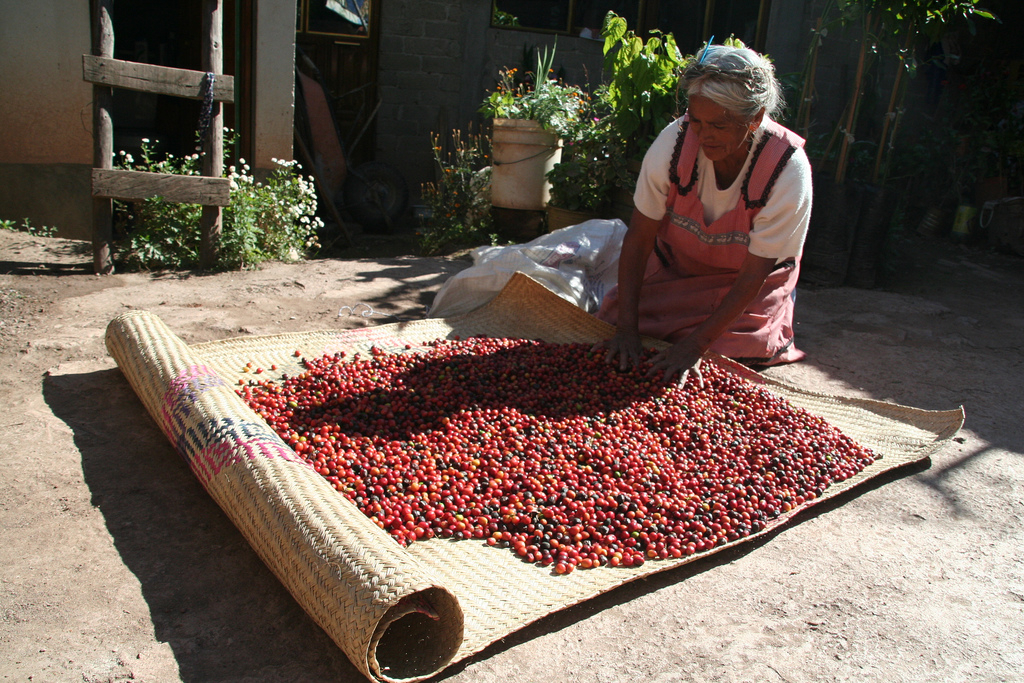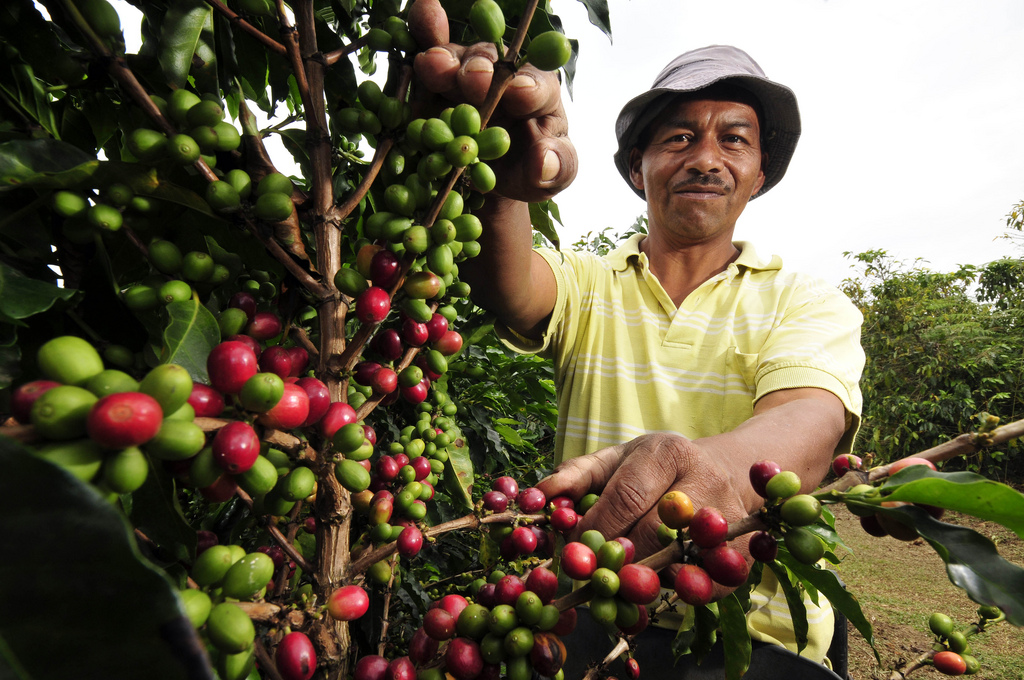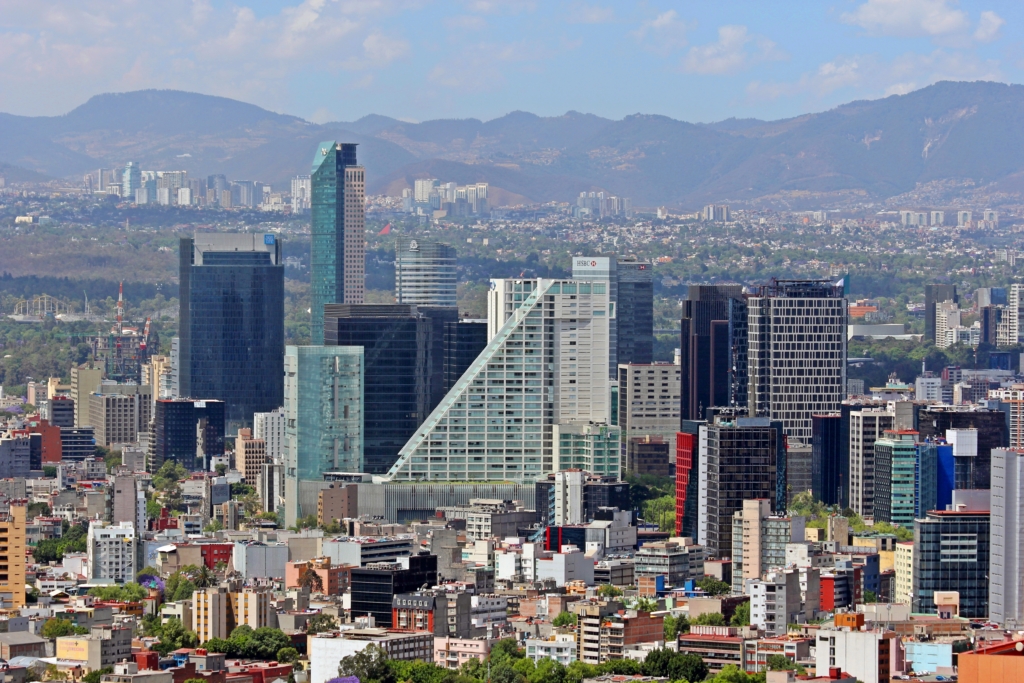Mexico harbors so many exciting things that it is hard to list everything. There is hardly any other country that would be so captivating, passion is emanating from everywhere. Here, the story of coffee production is full of vicissitudes which affected and affects the life of the entire country. It is certainly more than dates and names of varieties.
The capital and the Portal of Awareness
The capital is a bustling metropolis. With a population of 21 million, it is one of the world’s largest city. Many artists, painters, sculptors and writers lived and worked here (Frida Kahlo, Diego Rivera or even Octavio Paz, to mention a few). However, the capital city is not only famous for its culture, but also for its architecture and unique atmosphere.
The Portal of Awareness proves well that everyday life and art, the metropolis and nature, the traditional and innovative not only coexist but are also capable of creating something new, fascinating and really fancy.
The portal consists of a total of 1497 coffee cups, tendrils are running up on the frames that are holding the cups, thus the gradient installation becomes even more special. The Portal of Awareness draws attention to the conception that even the most mundane objects can become works of art when you think of them differently.
Coffee production
Mexico is one of the world’s largest coffee producing country. The coffee production is concentrated in the central and southern parts of the country. The climate and soil conditions are mostly favorable for the Arabica varieties. Altura, Liquidambar MS, and Pluma Coixtepec are the most important ones. The coffee came from the Antilles to Mexico in the 18th century, could neither by the end of the century, it has been exported in large quantities. Coffee plantations began to proliferate rapidly in the 20th century, and almost 500 thousand hectares have been planted with coffee shrubs by 1982. Coffee cultivation became a primary source of livelihood for millions of people.

To increase production, the Mexican government created a Coffee Agency, which was trying to get more land involved in production until 1989, while it held the prices high. Then the government gave up the control of coffee production to meet the expectations of financial organizations as the World Bank. In the same year, the International Coffee Agreement was canceled, in which coffee exporting countries agreed in quotas to stabilize the price of coffee. The two events led to the development of the coffee crisis in Mexico: overproduction has only further complicated the hopeless situation of coffee growers due to the crash.
The crisis reached its nadir between 1999 and 2003, growers lost 65 percent of their previous income, in addition, the difficulties provoked serious social and economic problems in the country. could neither properly maintain the plantations, so the quality of coffee also began to deteriorate. The Mexican coffee export was the lowest in 2005, since then the volume of exports began to rise, experts are hoping that Mexico can get over the crisis. Mexico is one of the largest producers of organic coffee and even participates in many ethical programs, such as Fairtrade, UTZ and Rainforest Alliance.
The most important varieties
One of the unique coffees that are produced in Mexico is Maragogipe. Besides Guatemala, Mexico is the biggest producer of this variety. This is a coffee with huge beans, that is why it is called “Elephant bean”. The huge beans of Maragogipe are twice as big as an ordinary coffee bean, in addition, the huge size hides a huge vigor too: its taste is very intense and spicy. Maragogipe is a sweet, hard-shell kind of coffee, with hints of almond, caramel, and fruits.
The world’s cleanest and most environmentally friendly variety of coffee, Tapachula is grown in the Chiapas region of southern Mexico. Allegedly, you can almost feel the aroma of sunshine when you taste this coffee. Tapachula has a full, spicy aroma with a mild nut flavor and a chocolate aftertaste.
Pluma coffee is also grown in the south, notedly in the city of Pluma de Hidalgo in the Oaxaca region. The local mountain climate is perfectly suitable for the Arabica beans. This organic coffee is traditionally harvested by hand and dried in the sun. Depending on the roasting, different flavors come out. Pluma is a sweet, not too acidic coffee with chocolate flavors.
Two unusual coffee cocktails should also be mentioned. The first one is Brave Bull, which consists of coffee, tequila, and lemon juice. A venturous combination, isn’t it? The other surprising recipe is Black Tequila, which contains coffee, coffee liquor, tequila, cream, whipped cream and chocolate filings. You have to be brave enough to try these.
So, Mexico is a very versatile country, which offers a lot of specialties, in spite of the difficulties it has to encounter. I would be happy to visit this magical place, where Frida Kahlo created her oeuvres in that certain blue house, where I can taste such exciting creations. Perhaps one day!

